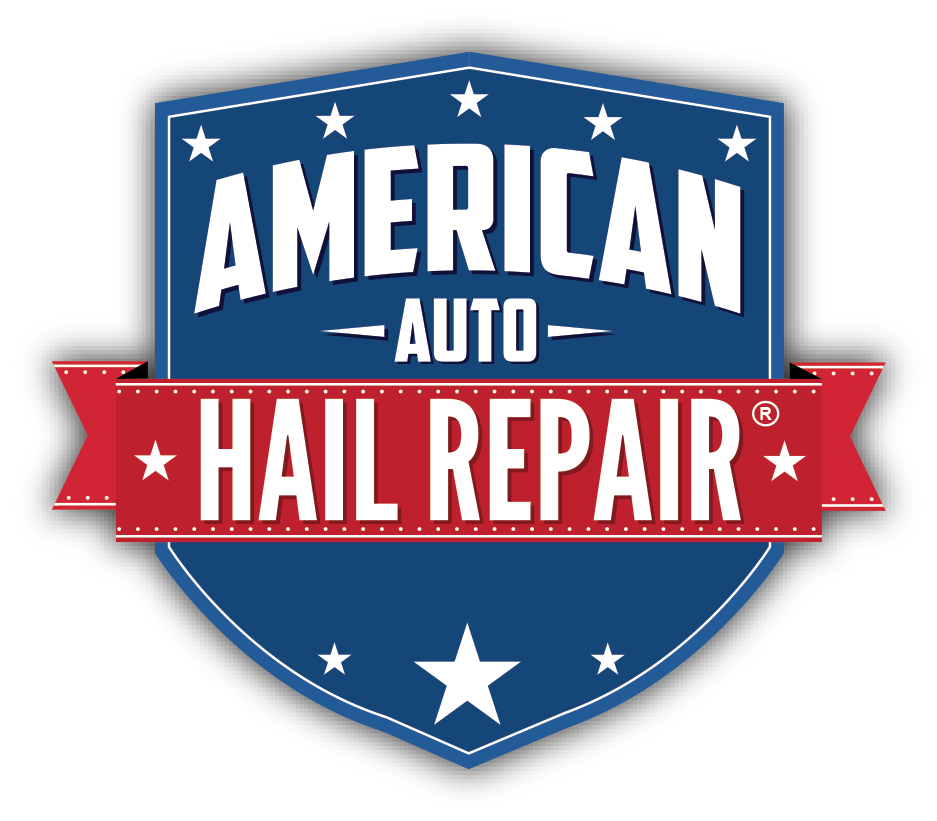Paintless dent repair – or PDR as it is often referred to – isn’t exactly a new procedure for removing dents from vehicles. In 1931 a book was released on the topic of metal bumping, which outlined how the process worked and which tools provided the best results for repairing non-serious dents without the need to repaint. But there is a lot more to the history of PDR than that, and it begins with a German man called Oskar.
Metal bumping may have been practiced in 1931 using techniques that were developed as far back as the 3rd century BC, but fast-forward to almost 30 years later, and Oskar Flaig, a technician at **Mercedes-Benz** began to implement the technique in 1960 while repairing cars that were shown at trade fairs in Germany. The cars had to be perfect for the public to see, so Oskar would use a hammer to work out dents in an effort to minimize the need for filler before repainting. What he found was that the hammer trick worked better than expected, and zero filler was required.
Fun fact: While many people think that Henry Ford invented the automobile, it was actually Karl Benz in 1886 when he patented his Benz Patent Motorwagen.
This served as a turning point in the history of PDR as Oskar began to teach other factories how to remove dents without painting – they even named him, rather aptly, the “Golden Tinsmith” as a result of his new-found gift. He developed training that focused on the art of paintless dent repair and how it could help to change the auto repair industry.
In 1979, a man named Juergen Holzer left Germany to open a business in Minneapolis, Minnesota called Dent Kraft where he operated America’s first PDR shop, sharing the perfected technique and offering paintless repair solutions to the United States.
How It Was Done Then
The history of PDR goes back a while, before we had the types of tools that we can easily access today. Back in Germany, factory technicians are said to have used tablespoons to gently push the metal to remove dents, and tap areas to ensure everything was smooth. They didn’t have the lighting that we do now, so it wasn’t a perfect repair in many cases. These tools were primitive at best, but the fact that they were able to get positive results meant a lot for the repair industry.
How It's Done Now
In today’s world, most shops will use metal rods and picks that can be inserted into doors and other panels to push the dents out. Sometimes tabs are also used to help pull the dents, and heat helps the metal move with more flexibility resulting in fewer cracks or paint chips. As technology advances, PDR tools are getting smaller and lighter which enables technicians to access tighter places to remove dents. Specialized lighting is also used in order to remove glare and provide technicians with a view of the full picture so they can ensure that nothing is missed and that the panel looks just like new once the repair is complete.
American Auto Hail Repair Understands the History of PDR
With advancements including better tools and advanced light tunnel technology, paintless dent repair has become a standard for many shops across the United States. At American Auto Hail Repair, we always urge our customers to consider PDR so that their cars remain in peak condition. We have collected numerous positive reviews from repeat customers who share the love for PDR and are ready to serve you at one of our three convenient locations. To find out more about the history of PDR and how it can help your vehicle, contact us today and our team will provide you with the PDR solutions you need.

